The Journey of Mushroom farm-to-Fork
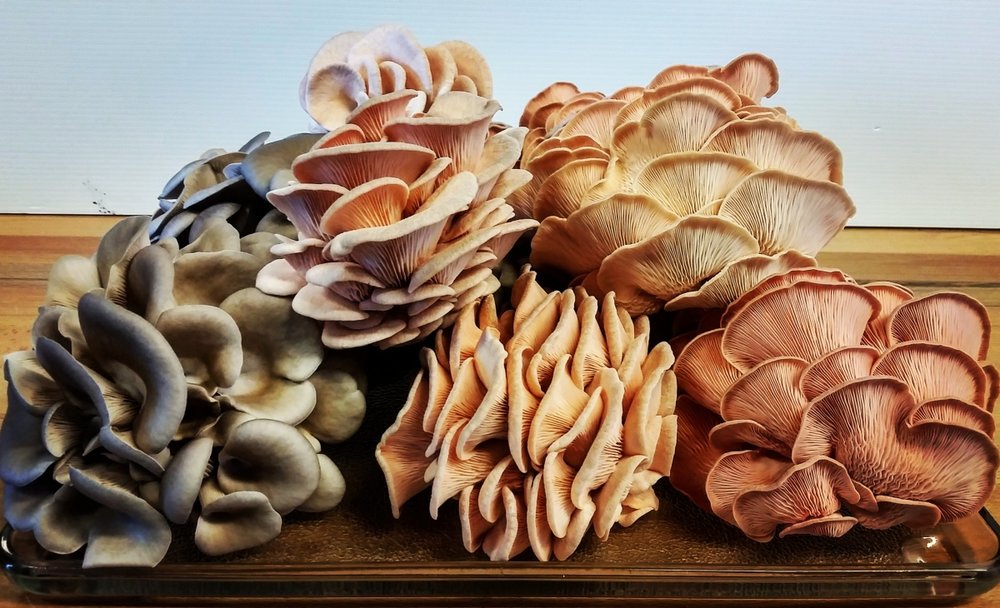
1. Making the Mushroom Farm Bed
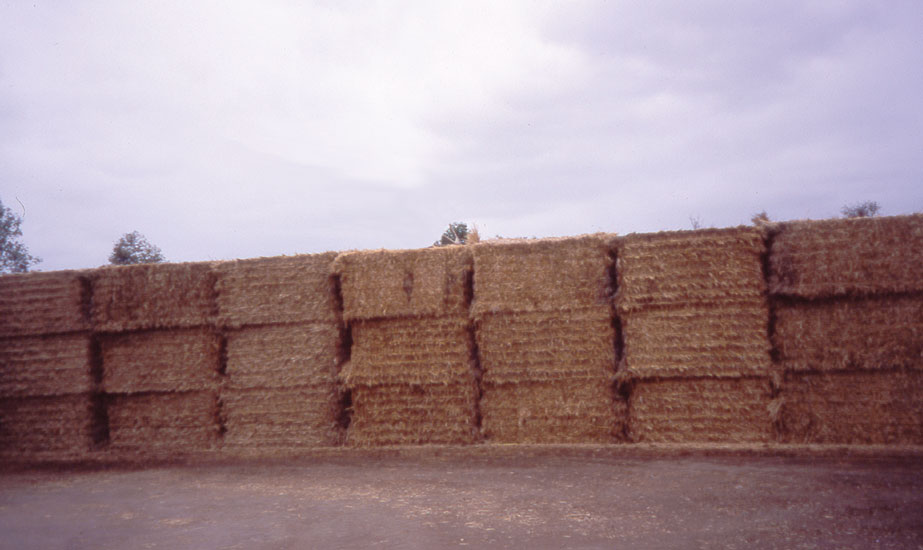
Since mushrooms have no chlorophyll, they should get every one of their supplements from the natural matter in their developing medium, the fertilizer. Making mushroom manure includes wetting and blending natural materials including corncobs, roughage, straw, cottonseed and cocoa seed shells, and nitrogen enhancements to start high-impact maturation (fertilizing the soil), which goes on around 7-14 days. The fertilizer is then prepared mushroom by sanitization and an exceptionally controlled temperature subordinate interaction to eliminate any smelling salts. The bed is presently prepared to use to assist mushrooms with developing!
2. Bringing forth
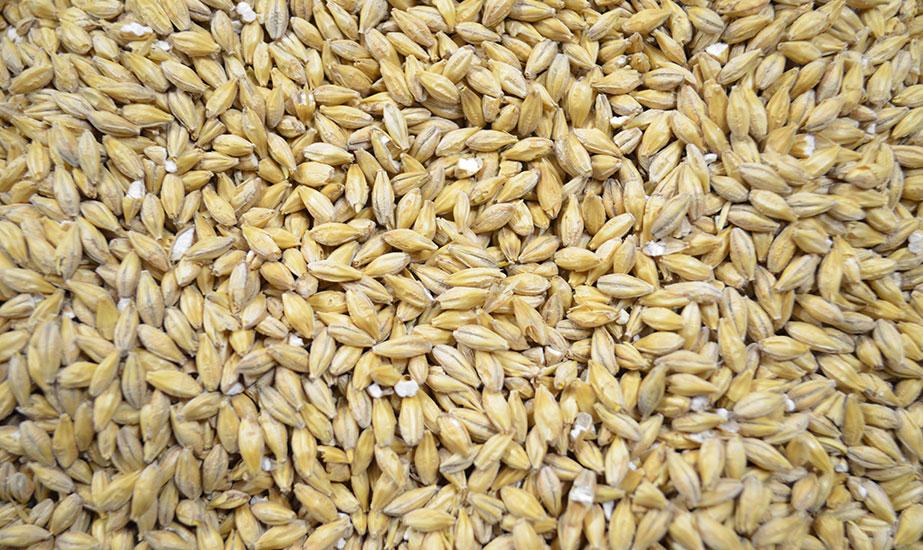
Similarly as a tomato comes from a plant with roots, stems and leaves, mushrooms emerge from slim, string like cells called mycelium. To proliferate the fertilizer with “mushroom farm foundations”, cultivators use mushroom bring forth (grain or seed that has been immunized with mushroom spores) to move the mycelium to the beds. The time required for the produce to colonize the fertilizer fluctuates yet normally requires around 14-21 days.
3. Packaging and Pinning
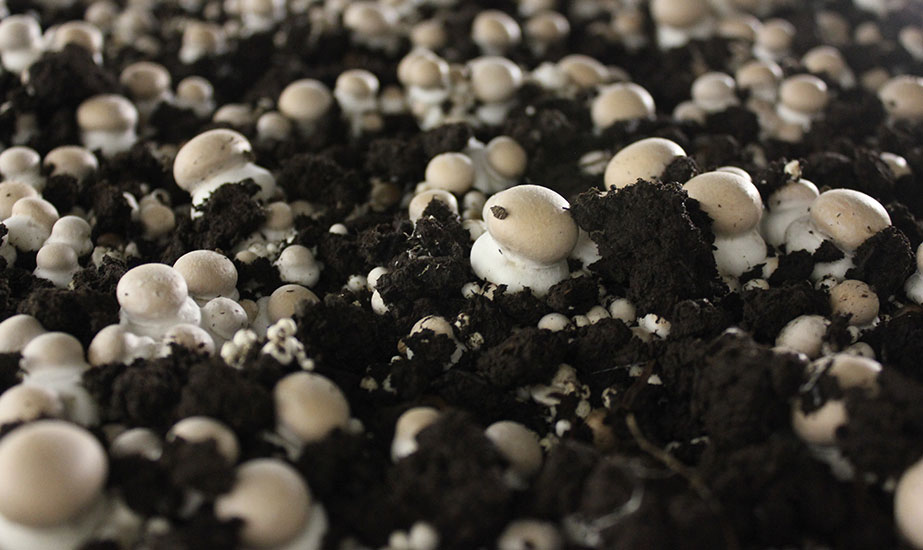
Packaging, made of peat greenery and limestone, is spread over the mushroom bed, going about as a supply to hold in dampness. Ultimately, little white bulges structure on the mycelium and push up through the peat packaging – an interaction which is alluded to as sticking. The pins keep on developing into buttons and into bigger mushrooms. Mushrooms are ordinarily prepared for gather around 18 to 21 days subsequent to packaging.
4. Reaping
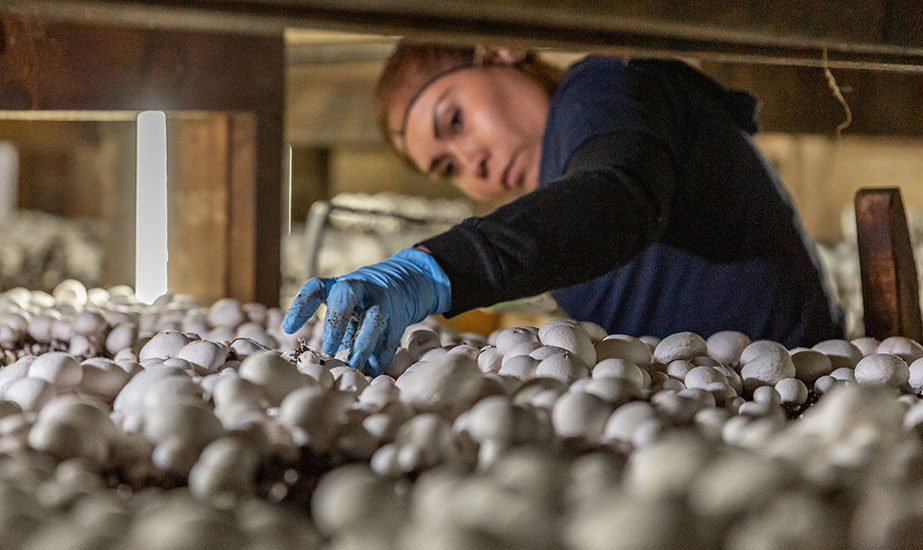
Mushrooms are reaped by hand all through a 16-multi day cycle. It requires around 15 weeks absolute to finish a developing cycle. After the mushrooms are gathered, the house is exhausted and steam-cleaned before the cycle starts again and the excess fertilizer is reused for gardening soil. The collected mushrooms are set in trucks, refrigerated and afterward bundled and transported rapidly to grocery stores, food processors and cafés. The whole homestead to-fork process from the time the rancher begins setting up the fertilizer until the mushrooms are gathered and transported to showcase requires around four months.
Revealing Insight into What’s Grown in the Dark
At any point can’t help thinking about how those substantial, umami-pressed, nutritious mushrooms make it from the homestead to your fork? Mushrooms brag an interesting developing cycle that is not normal for some other natural product or vegetable you’ll find in the produce passageway. That is on the grounds that mushrooms are actually viewed as parasites – in contrast to plants, mushrooms need chlorophyll to make their own food through photosynthesis and on second thought exist on a substrate of natural material. Become inside on an all year cycle, mushrooms have one of the most intriguing homestead to-fork farming stories.
Like Supply Lines?
Try not to hush up about it. Partners and companions can join here. We likewise distribute the New Economy Daily, a preparation on the most recent in worldwide financial matters.
For considerably more: Follow @economics on Twitter and prefer Bloomberg.com for limitless admittance to trusted, information driven news-casting and gain master investigation from selective endorser just bulletins.
How goes it with we? We need to hear your opinion on this pamphlet. Tell our exchange tsar.





